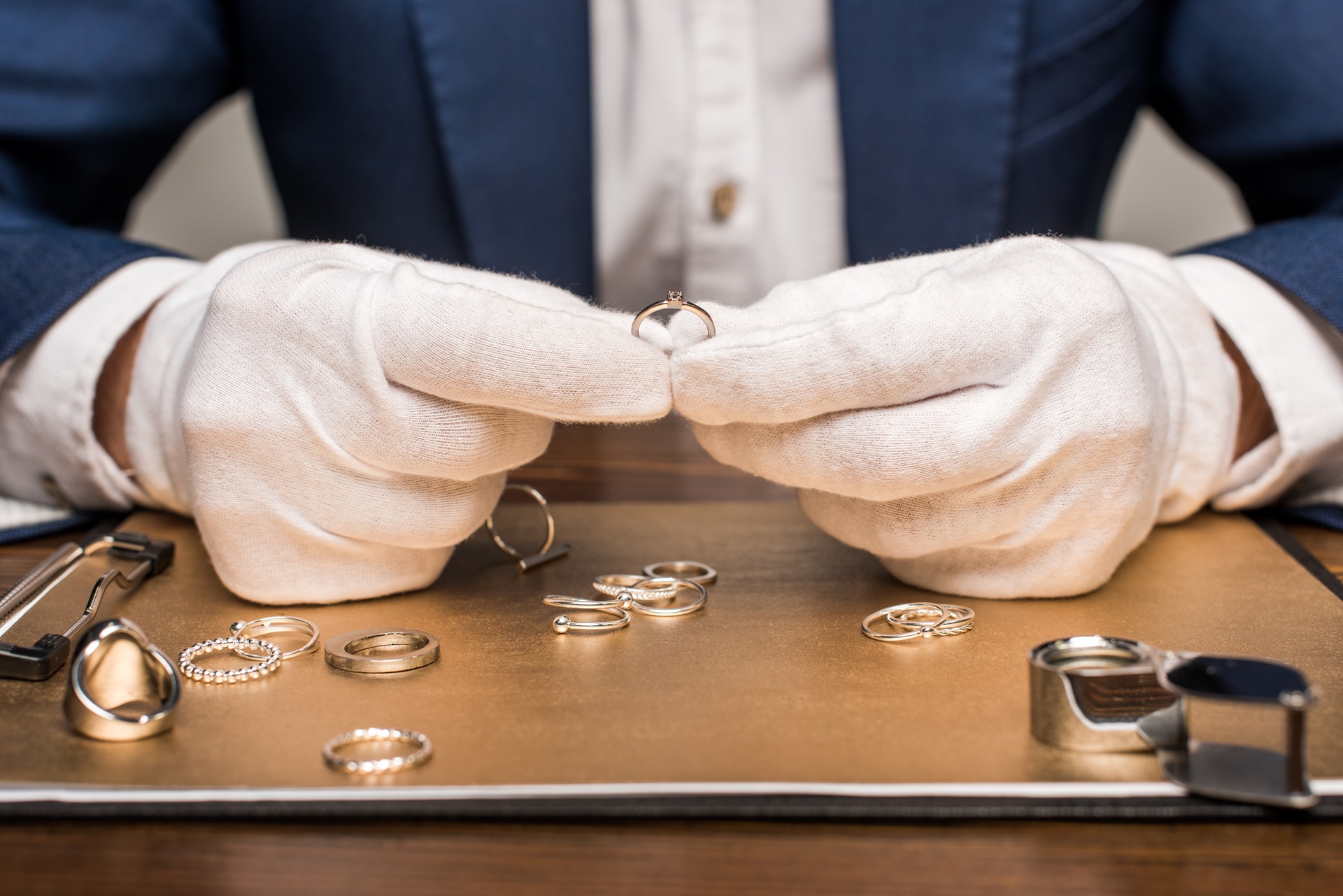As you browse through a captivating selection of sparkling silver and white gold jewellery, you may come across the term ‘rhodium plating.’ Often used as a finishing touch to elevate the look and durability of precious metal jewellery, rhodium plating remains shrouded in mystery for many. Comprehending its process, benefits, and the care required can empower you to make an informed decision when investing in these radiant pieces.
In this comprehensive article, we demystify the world of rhodium plating to guide you through its inner workings, the advantages it offers, and the best practices for maintaining your rhodium-plated treasures. As a leading purveyor of high-quality, affordable jewellery and watches in the UK, David Christopher Jewellers is proud to share valuable insights with you, ensuring a delightful, confident experience when purchasing rhodium-plated jewellery.
What is Rhodium and Rhodium Plating?
Rhodium is a rare, silvery-white, and tarnish-resistant metal belonging to the platinum group of metals. As one of the rarest and most valuable precious metals globally, rhodium is prized for its brilliant shine, corrosion resistance, and hypoallergenic properties. Rhodium plating involves the application of a thin layer of rhodium onto a metal surface, usually white gold or sterling silver, to enhance the jewellery piece’s appearance, durability, and resistance to tarnishing.
The Rhodium Plating Process
The process of rhodium plating comprises several steps to ensure a meticulous and high-quality finish to the jewellery piece. Here’s an overview of a typical rhodium plating procedure:
1. Inspection and Cleaning: Before plating, the jewellery piece is thoroughly inspected for any signs of damage, wear, or contaminants. It is then meticulously cleaned to remove dirt, oil, and residues that may hinder the plating process.
2. Polishing: The piece undergoes a polishing process to achieve a smooth surface, free of scratches and blemishes, providing the best possible base for the subsequent rhodium layer.
3. Activation: To prepare the jewellery for plating, it is immersed in an activating solution composed of chemicals that facilitate rhodium bonding to the metal surface.
4. Rhodium Plating: The activated jewellery is submerged in a rhodium plating solution, often containing rhodium sulphate, and an electrical current is applied. This electroplating process allows rhodium ions to bond to the metal surface, forming a thin, even, and durable coating.
5. Rinsing and Drying: The piece is then rinsed with deionised water to remove any remaining plating solution and carefully dried, leaving behind a brilliant, uniform shine.
Why Rhodium Plating Matters
There are several benefits to rhodium plating that make it highly desirable in the jewellery industry. Here are some key advantages that render rhodium plating an essential aspect of modern jewellery:
1. Enhanced Appearance: Rhodium plating imparts a lustrous, mirror-like finish to white gold and silver jewellery, elevating their shine, brightness, and overall visual appeal.
2. Durability and Tarnish Resistance: Rhodium is harder and more durable than gold or silver, providing increased scratch resistance and reduced wear and tear. Rhodium plating also acts as a barrier against tarnish, preserving the pristine appearance of the jewellery piece over time.
3. Hypoallergenic Properties: As a hypoallergenic metal, rhodium can provide an extra layer of protection for individuals with sensitivity to base metals commonly used in gold and silver alloys. Rhodium plating can minimise the risk of allergic reactions, ensuring comfortable wear.
4. Improved Colour Consistency: Rhodium plating can help maintain a consistent colour in white gold jewellery that has a slight yellowish tone due to its gold content.
Maintaining Your Rhodium-Plated Jewellery
While rhodium plating offers numerous benefits, it is essential to care for your plated pieces properly to maintain their radiant appearance and prolong the lifespan of the rhodium layer. Here are some tips for preserving the shine and durability of your rhodium-plated jewellery:
1. Clean Regularly: Clean your rhodium-plated pieces gently with lukewarm water and mild soap to remove dirt, oil, and residues. Use a soft cloth or brush to clean difficult-to-reach areas, and then pat dry with a soft, lint-free cloth. Avoid using harsh or abrasive cleaning agents that may damage the rhodium layer.
2. Store Separately: Store your rhodium-plated jewellery separately from other jewellery in a cool, dry place, ideally in a soft pouch, lined box, or jewellery case. This prevents scratches or damages caused by contact with other pieces.
3. Remove Before Strenuous Activities: Take off your rhodium-plated jewellery during activities that may expose it to excessive physical contact, chemicals, or cosmetic products, such as cleaning, swimming, exercising, or applying makeup, perfumes, or lotions.
4. Inspect and Maintain: Regularly inspect your rhodium-plated jewellery for signs of wear or damage. Over time, the plating may wear off, particularly in high-contact areas such as rings or bracelets. When you notice the rhodium layer wearing thin, consider having your jewellery re-plated to restore its original shine and protective properties.
Create Lasting Impressions with Radiant Rhodium-Plated Jewellery
Rhodium plating is a transformative process that greatly enhances the beauty, durability, and hypoallergenic properties of white gold and silver jewellery. Now that you have unravelled the mysteries of rhodium plating, you are well-equipped to make informed decisions when purchasing these radiant pieces and ensure proper care for long-lasting shine.
Visit David Christopher Jewellers to find an array of stunning rhodium-plated jewellery, perfectly crafted to complement your style and leave a lasting impression wherever you go. Explore our collection today and discover the perfect new addition to your jewellery box, supported by our commitment to exceptional craftsmanship and your newfound understanding of the world of rhodium plating.
